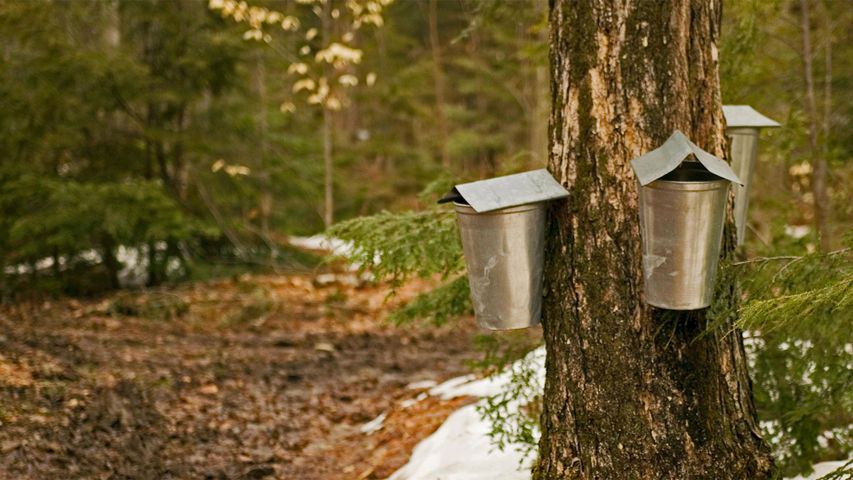Mountain hare running across snow-covered upland, Scotland
© SCOTLAND: The Big Picture/Minden Picture
Blink and you'll miss it
The mountain hare is doubly hard to catch sight of, because along with its tremendous speed, it's terrifically well camouflaged. These two traits help the iconic species survive in the rugged mountains and uplands of northern Europe and Asia—this hare is dashing across a heath in the Scottish Highlands. When they have to, these speedy leporids can dart away as fast as 50 mph, at least for short distances, allowing them to outrun predators and disappear safely into the heather. But a would-be predator may not even spy them to begin with—mountain hares change coats, or molt, several times a year, their fur going from brown and gray in summer, to white-gray in winter, helping them to blend into their surroundings whatever the season.
Unlike their rabbit cousins, hares don't burrow underground or sleep communally in warrens, but instead live and rest above ground in small nest-like depressions called forms. Hares are born fully formed, with fur grown out and eyes wide open, on the lookout for danger. When the spring breeding season arrives, mountain hares undergo a drastic change in personality, from skittish and easily spooked, to frenzied, lovestruck animals on the hunt for mates. In their delirium, the hares will sometimes 'box' each other by striking out with their forepaws. Males may occasionally battle each other for dominance and attention, but more often it's females that box, to fend off overly aggressive suitors or to test their resolve. These antics have become so famous, they are said to have inspired the idiom, 'mad as a March hare.'
Related Images
Bing Today Images



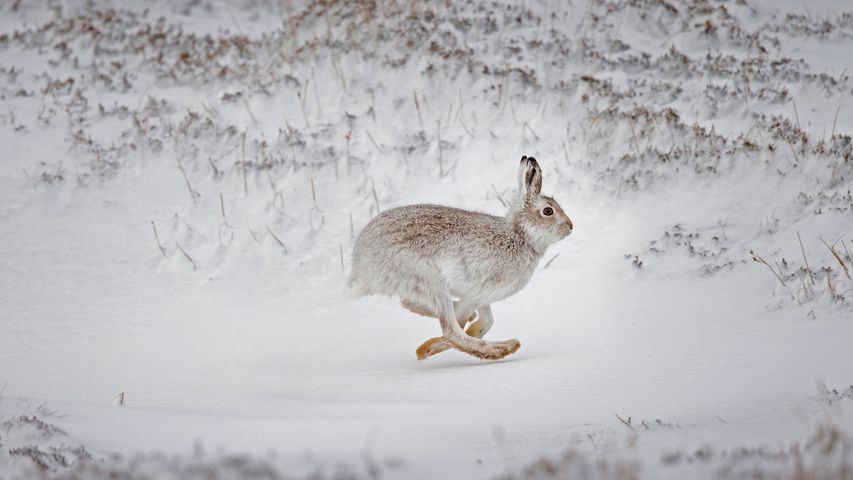
 View from the cupola of the International Space Station above the South Pacific Ocean
View from the cupola of the International Space Station above the South Pacific Ocean
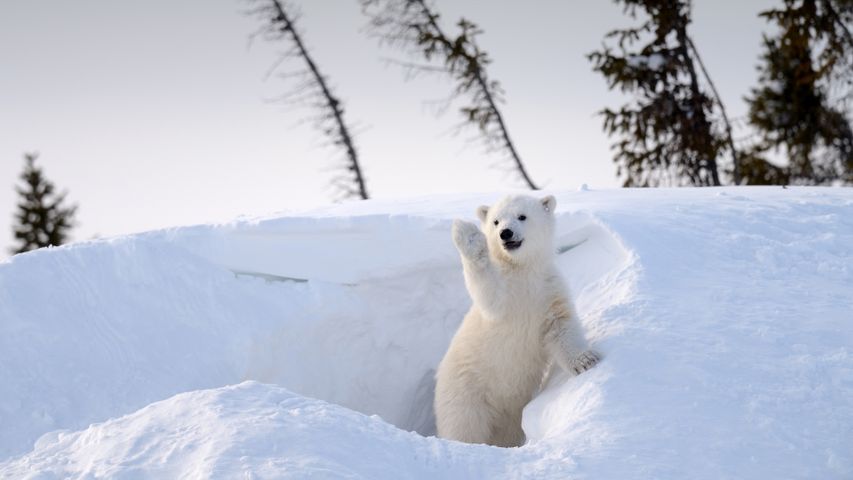 Polar bear cub, Churchill, Manitoba, Canada
Polar bear cub, Churchill, Manitoba, Canada
 Castle Stalker on Loch Laich, Argyll, Scotland
Castle Stalker on Loch Laich, Argyll, Scotland
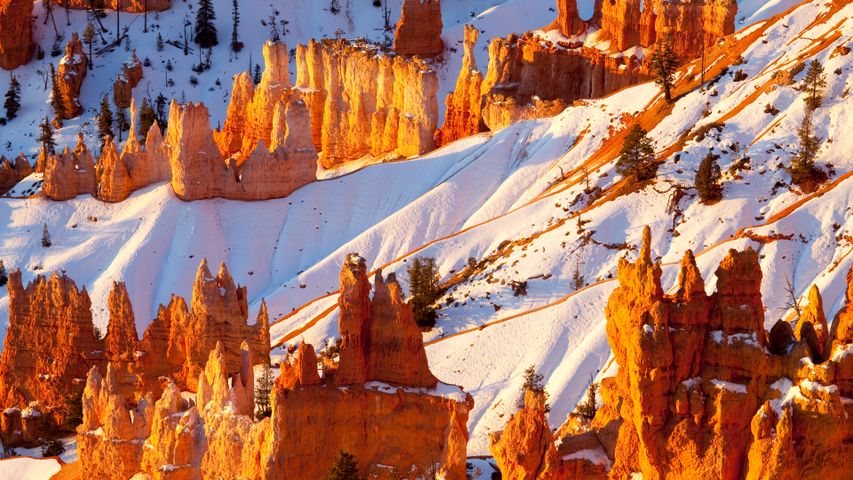 Sandstone hoodoos, Bryce Canyon National Park, Utah
Sandstone hoodoos, Bryce Canyon National Park, Utah
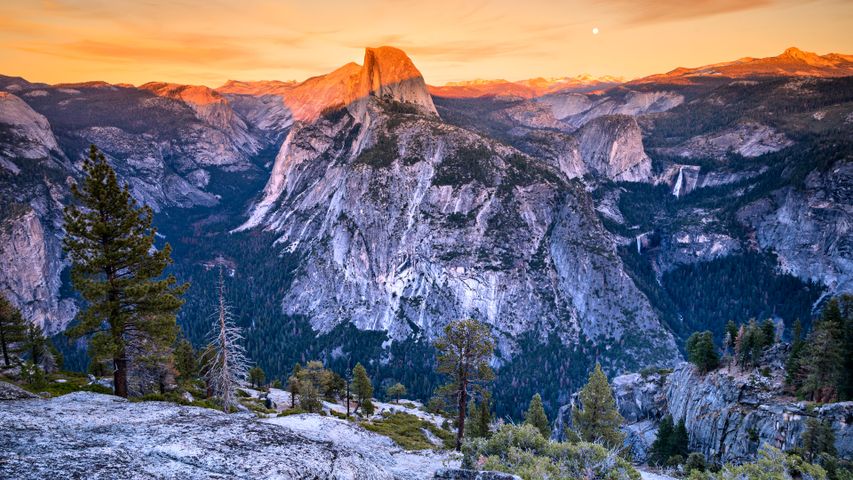 Alpenglow on Half Dome, Yosemite National Park, California
Alpenglow on Half Dome, Yosemite National Park, California
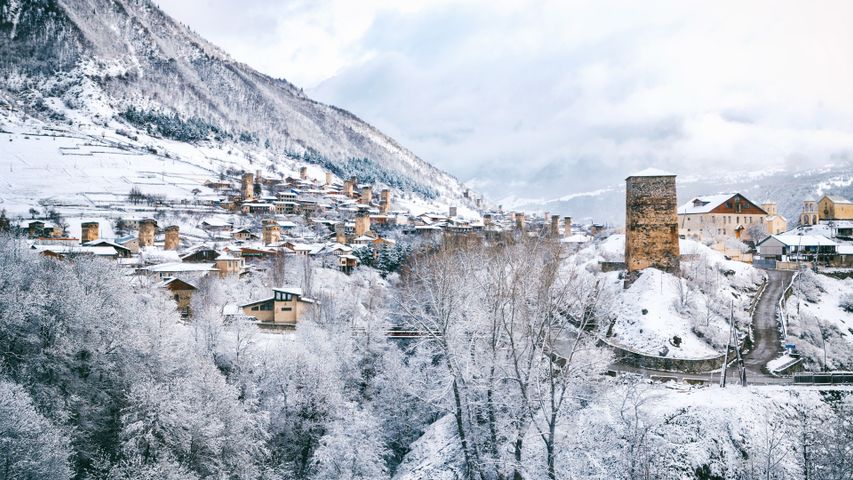 Medieval towers in Mestia, Upper Svaneti, Georgia
Medieval towers in Mestia, Upper Svaneti, Georgia
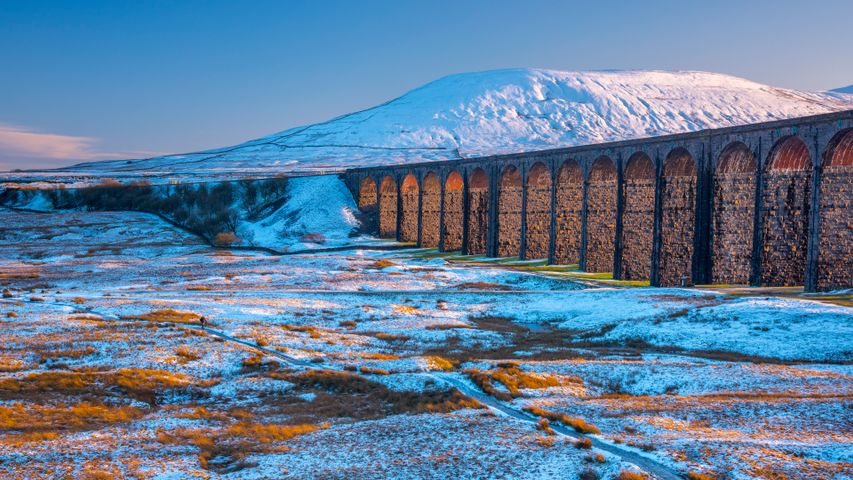 Ribblehead Viaduct and Ingleborough mountain, North Yorkshire, England
Ribblehead Viaduct and Ingleborough mountain, North Yorkshire, England
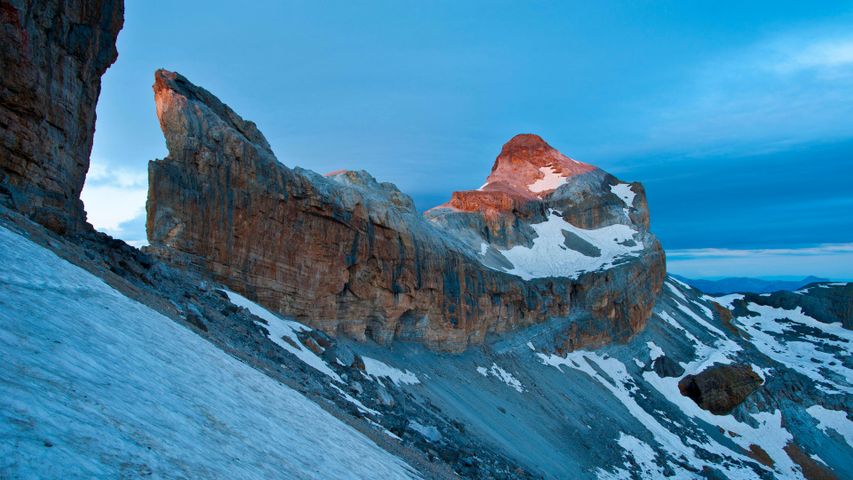 La Brecha de Rolando, Ordesa y Monte Perdido National Park, Spain
La Brecha de Rolando, Ordesa y Monte Perdido National Park, Spain


